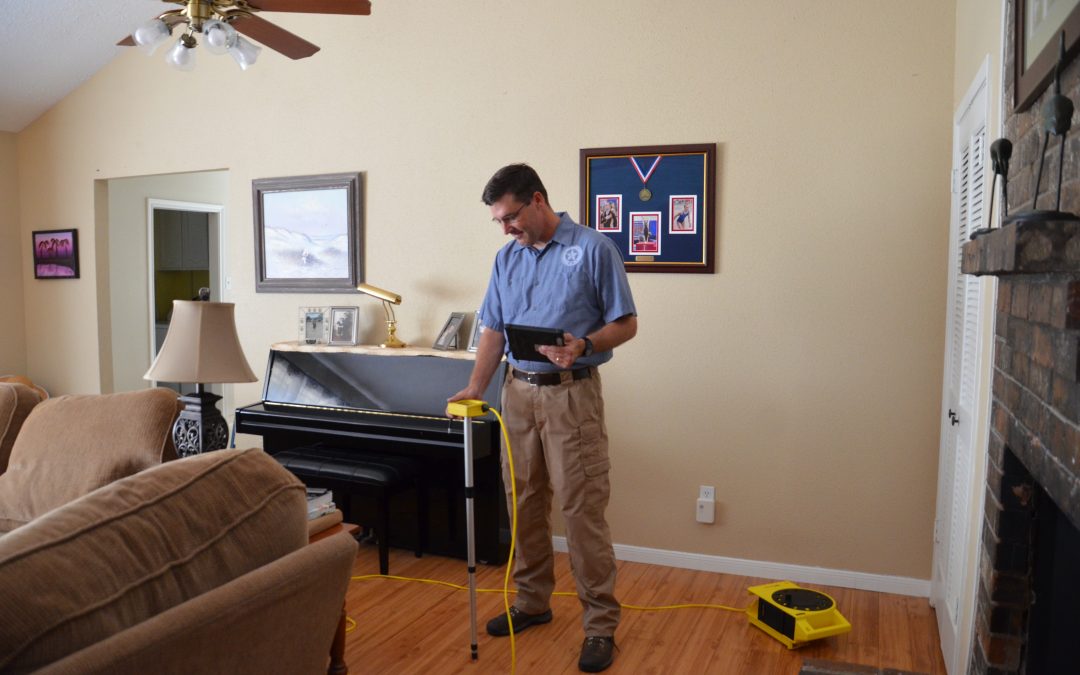When a client calls about foundation performance issues and the office asks if they have any historical elevation data the first question we typically get is, “What are elevations?” The term “elevations” is used to describe a series of measurements made at the surface of a foundation that define the shape of the surface plane of the foundation. This shape can provide some insight into the performance or condition of a foundation. Coupled with the observations of site condition and structural performance, it can be used to define the performance of a building’s foundation.
For most professionals who evaluate the condition of foundations and their performance, elevation measurements are often the first data taken to quantify the condition of a foundation and provide insight into its performance. While foundation elevation data alone may not always be the most accurate measure of foundation performance and is not the only measurement tool available, this data is generally taken because it is considered the most repeatable data, which can be used and reproduced by multiple parties using common equipment. It is also the best data for long term monitoring of foundation performance. Although there are other ways to define foundation performance, when you think you may have a foundation problem, an elevation survey is very often made by an inspector, foundation contractor, or engineer for use in planning repair activities.
In addition to elevations made prior to foundation repair activities, a set of elevations should be taken after a foundation is repaired, or post repair foundation elevations. I consider post foundation repair elevations important but I find they are seldom taken by foundation repair contractors. In my experience, I also find they are almost never ordered through an engineer or other independent contractor by a client due to the added costs over the cost of the foundation repair. The result is that the final shape of the foundation after repairs is often not known making future assessments more challenging. Foundation repair is typically performed sufficient to return a foundation to an acceptable level condition to support the structure and eliminate structural deflections or in some cases only to stabilize the structure if leveling cannot be performed without concern for further damage to the structure. Considering that repair may not mean perfectly level it is good to get a post repair elevation measurement set to define the new baseline elevation of a foundation for future consideration.
Post repair elevations can allow the repair contractor to define the extent of levelness actually achieved as well as to help define the future performance of the foundation overall. They also can be used to monitored performance more accurately over time. It is not uncommon for a foundation to show movement between areas of repair an areas still supported on soil grade. Having a good set of post repair elevations can allow disputes regarding future movement and the location of needed repairs to be more easily evaluated and resolved. This data may also help to detect current or future problems such as drain leaks below the slab, the influence of poor drainage, or the effects of large trees near a building where expansive soil may be prevalent.
Be sure that your repair contractor includes a set of post repair elevations in their proposal for work to be completed after repairs and after all floor coverings are repaired if this is needed. This will create the most reproducible set of data. For the best result, they should include a defined reference point, clearly defined interior walls to use as landmarks, and clearly legible elevation data. If you are unsure of the quality of the data contact Professional Engineering Inspections to take this data, or another local NABIE affiliated engineering contractor.


Recent Comments